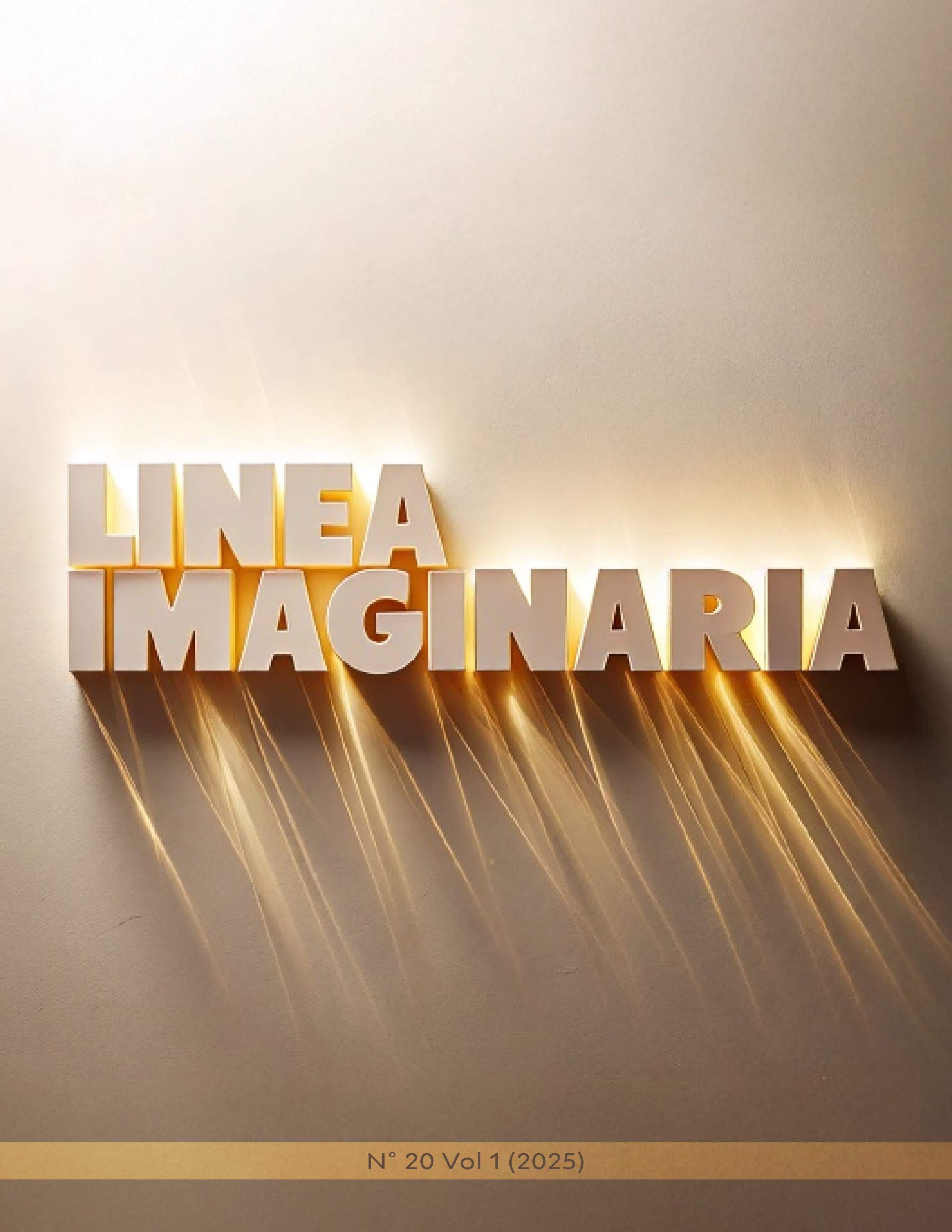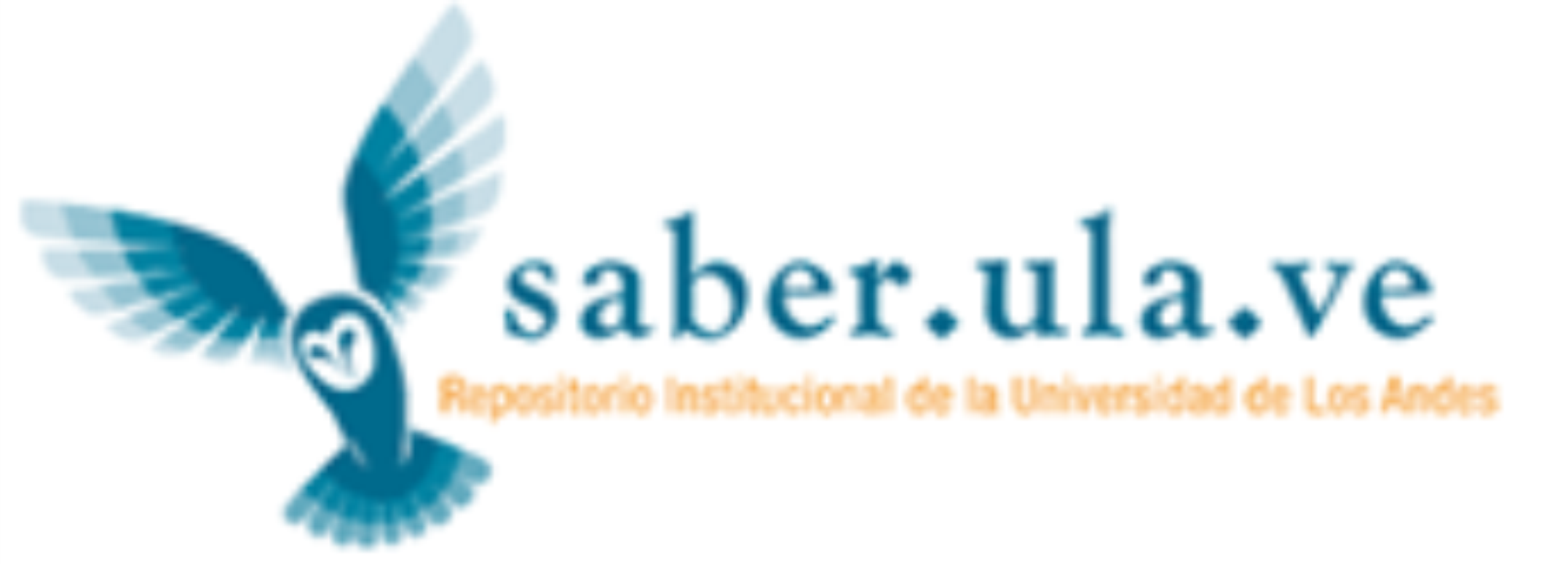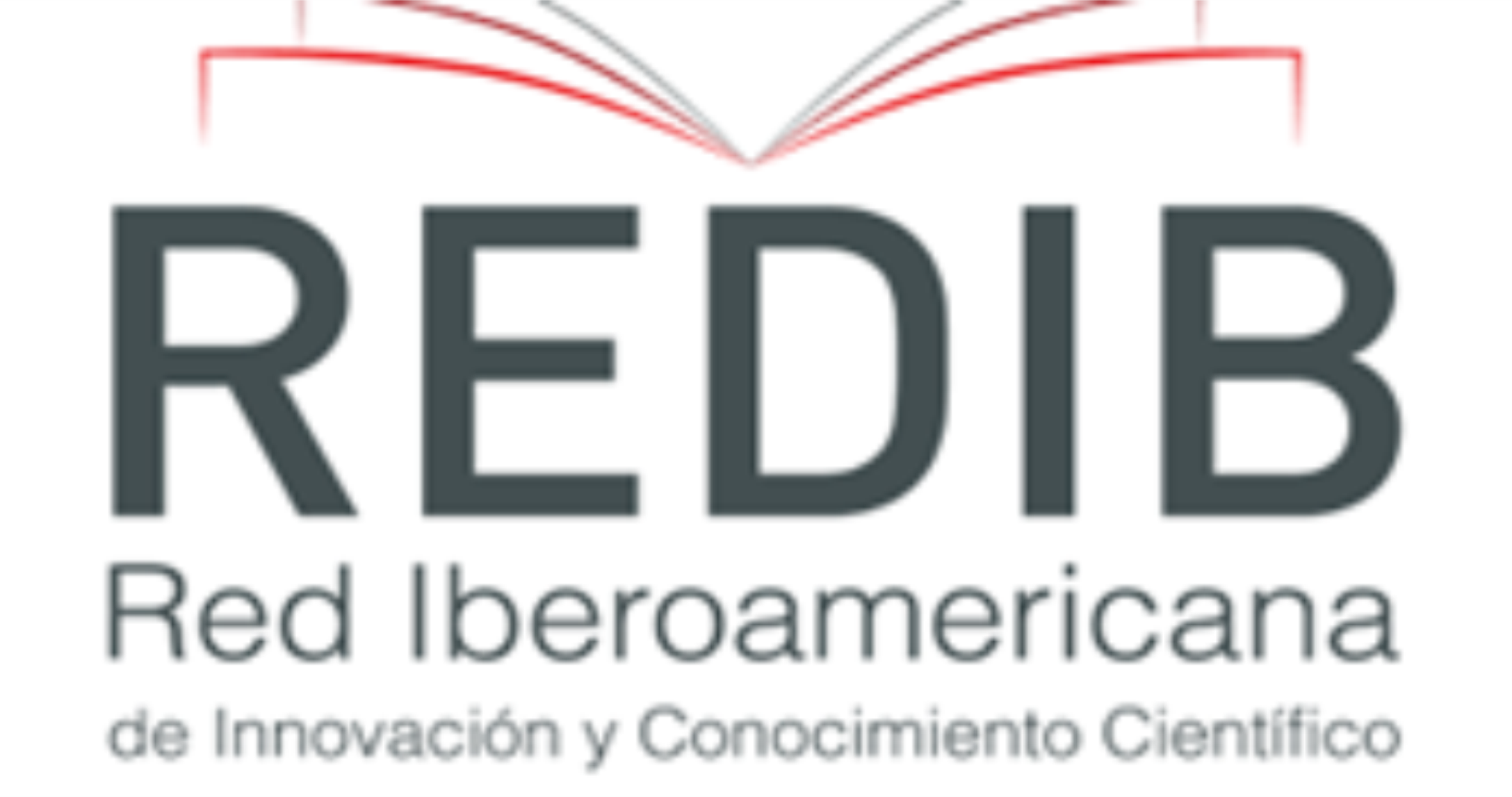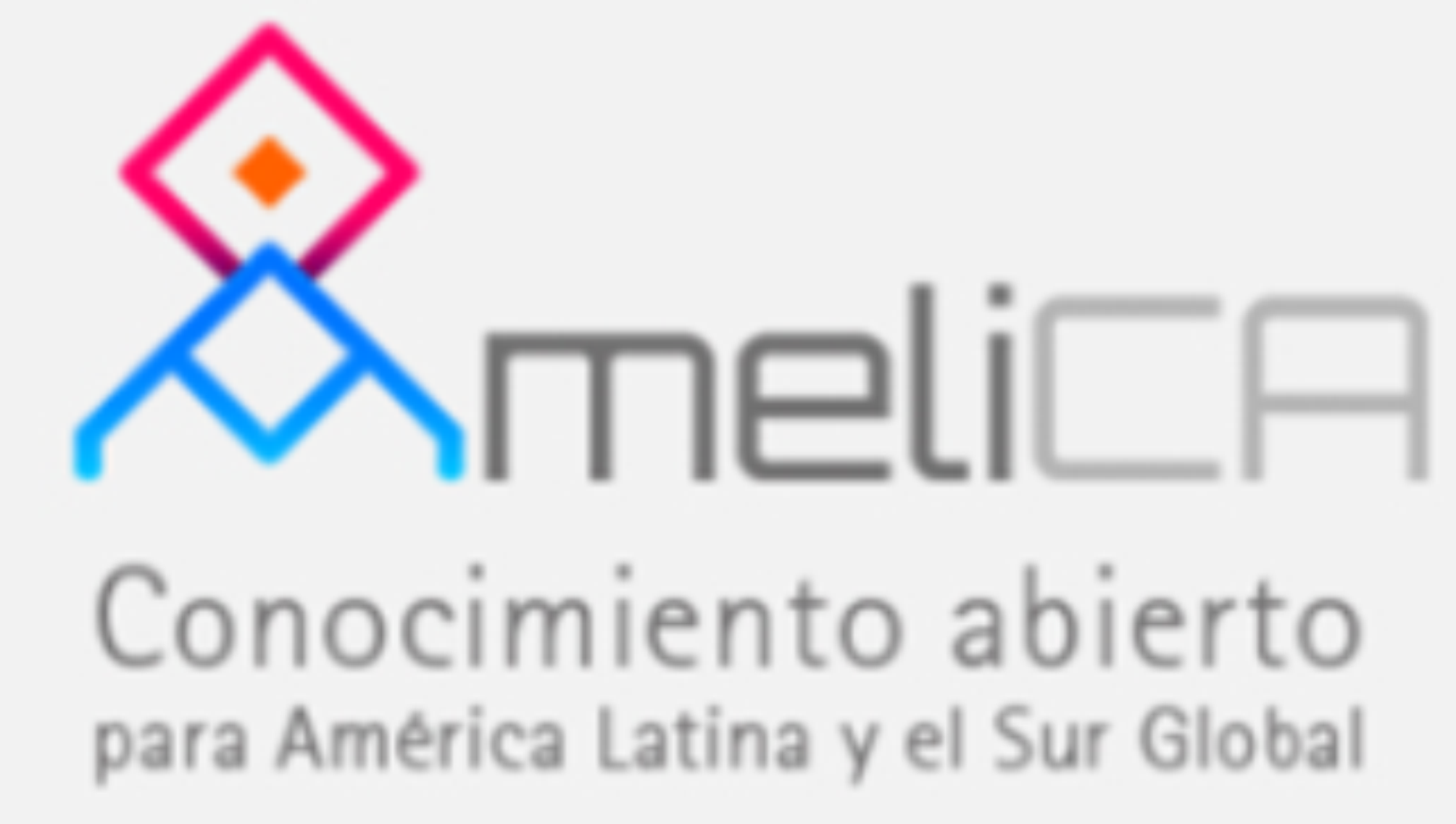TEACHERS OF THE FUTURE: PRACTICAL STRATEGIES FOR INTEGRATING AUGMENTED AND VIRTUAL REALITY IN THE DEVELOPMENT OF MULTIPLE INTELLIGENCES
DOI:
https://doi.org/10.56219/lneaimaginaria.v1i20.3682Keywords:
Augmented reality, virtual reality, multiple intelligences, personalized educationAbstract
In the digital age, the integration of Augmented Reality (AR) and Virtual Reality (VR) in education represents a transformative opportunity to develop teaching and learning through students' multiple intelligences, from logical-mathematical to spatial-kinesthetic. This article addresses how these technologies enable the creation of individual, personalized, and student-centered learning experiences, overcoming the limitations of traditional methods. However, their effective implementation requires overcoming key challenges: technological gaps, teacher training, and pedagogical alignment with fundamental educational theories. Through a reflective analysis, practical strategies are proposed for educators to design AR/VR activities that stimulate each intelligence, using interactive simulations for linguistics or virtual laboratories for naturalism, always prioritizing accessibility and meaningful learning. The article concludes with a call to rethink the role of the teacher as a facilitator of innovative environments, where technology not only enriches teaching but also democratizes the comprehensive development of student capabilities, which should be the center of learning. This study is constructed from a post-postivist paradigm with a qualitative approach and a projective perspective, employing a bibliographic-hermeneutic design when presenting results.
Downloads
References
Álvarez, A., & Del Río, P. (1990). Educación y desarrollo: la teoría de Vigotsky y la zona de desarrollo próximo. [Artículo en línea] Desarrollo psicológico y educación, 2(0), 93-120. Disponible: https://www.researchgate.net/profile/Amelia-Alvarez/publication/348559478_Aprendizaje_y_desarrollo_La_teoria_de_la_actividad_y_la_ZDP/links/60049afa45851553a05072dc/Aprendizaje-y-desarrollo-La-teoria-de-la-actividad-y-la-ZDP.pdf?__cf_chl_tk=Pv0JZcJzag5X2qtCYpiW57 kDEMVOwsu3EiFnYpD92vg-1742993473-1.0.1.1-Nze6hsDXgxeR6rCKXuDrc CQaqvV9TjH.VPnSflKqNbA Consulta: [marzo, 23 de 2025]
Armstrong, T., Rivas, M. P., Gardner, H., & Brizuela, B. (1999). Las inteligencias múltiples en el aula. Buenos Aires: Manantial. [Libro en línea] Disponible: https://planetadelibrosco0.cdnstatics.com/libros_contenido_extra/37/36195_INTELIGENCIAS_MULTIPLES_AULA.pdf Consulta: [marzo, 08 de 2025]
Barroso, K. (2022) La realidad aumentada en el proceso de enseñanza-aprendizaje. [Artículo en línea] Technology Rain Journal, 2022, vol. 1, no 2, p. e6-e6. Disponible: http://technologyrain.com.ar/index.php/trj/article/view/6 Consulta: [marzo, 09 de 2025] DOI: https://doi.org/10.55204/trj.v1i2.6
Cenich, G., Araujo, S., & Santos, G. (2020). Conocimiento tecnológico pedagógico del contenido en la enseñanza de matemática en el ciclo superior de la escuela secundaria. [Revista en línea] Perfiles educativos, 42(167), 53-67. Disponible: https://www.scielo.org.mx/scielo.php?pid=S0185-269820200001 00053&script=sci_arttext Consulta: [febrero, 25 de 2025] DOI: https://doi.org/10.22201/iisue.24486167e.2019.167.59276
Contreras, A. V. (2005). Análisis situacional, intervención y aprendizaje organizacional. [Revista en línea] Revista escuela de administración de negocios, (53), 52-71. Disponible: https://www.redalyc.org/pdf/206/20605305.pdf Consulta: [marzo, 10 de 2025]
Ierache, J., Igarza, S., Mangiarua, N. A., Bevacqua, S. A., Verdicchio, N. N., Ortiz, F. M., ... & Sena, M. (2014). Herramienta de Realidad Aumentada para facilitar la enseñanza en contextos educativos mediante el uso de las TICs. [Revista en línea] Archivo de la Revista Latinoamericana de Ingeniería de Software, 2(6), 365-368. Disponible: https://revistas.unla.edu.ar/software/article/view/330 Consulta: [marzo, 10 de 2025] DOI: https://doi.org/10.18294/relais.2014.365-368
Ordóñez, C. L. (2004). Pensar pedagógicamente desde el constructivismo. De las concepciones a las prácticas pedagógicas. [Revista en línea] Revista de estudios sociales, (19), 7-12. Disponible: http://www.scielo.org.co/scielo. php?pid=S0123-885X2004000300001&script=sci_arttext Consulta: [febrero, 16 de 2025]
Quesada, Castro y Quesada. (2021). Inteligencia Artificial y Enseñanza del Derecho. Su Incorporación durante la Pandemia de la COVID 19. [Revista en línea] La Universidad del Zulia. [Revista Venezolana de Gerencia]. Disponible: https://www.produccioncientificaluz.org/index.php/rvg/issue/view/3776 Consulta: [marzo, 12 de 2025] DOI: https://doi.org/10.52080/rvgluz.27.8.2
Tamayo, J. L. R., & Barrio, M. G. (2016). Realidad virtual (HMD) e interacción desde la perspectiva de la construcción narrativa y la comunicación: propuesta taxonómica. [Artículo en línea] Icono14, 14(2), 19. Disponible: https://dialnet.unirioja.es/servlet/articulo?codigo=5615371 Consulta: [diciembre, 20 de 2024] DOI: https://doi.org/10.7195/ri14.v14i2.965
Downloads
Published
How to Cite
Issue
Section
License
Copyright (c) 2025 LÍNEA IMAGINARIA

This work is licensed under a Creative Commons Attribution-NonCommercial-ShareAlike 4.0 International License.
La revista Línea Imaginaria conserva los derechos patrimoniales (copyright) de las obras publicadas, que favorece y permite la reutilización de los mismos bajo la licencia Creative Commons Atribución-NoComercial-CompartirIgual 4.0 , por lo cual se pueden copiar, usar, difundir, transmitir y exponer públicamente, siempre que se cite la autoría y fuente original de su publicación (revista, editorial, URL y DOI de la obra), no se usen para fines comerciales u onerosos y se mencione la existencia y especificaciones de esta licencia de uso. Si remezcla, transforma o crea a partir del material, debe distribuir su contribución bajo la misma licencia del original.













